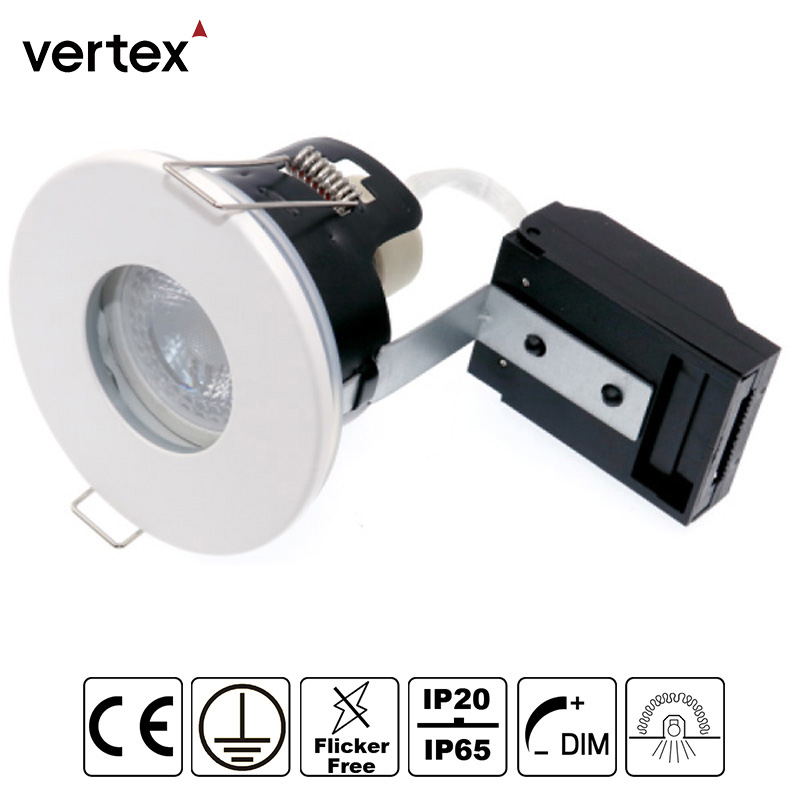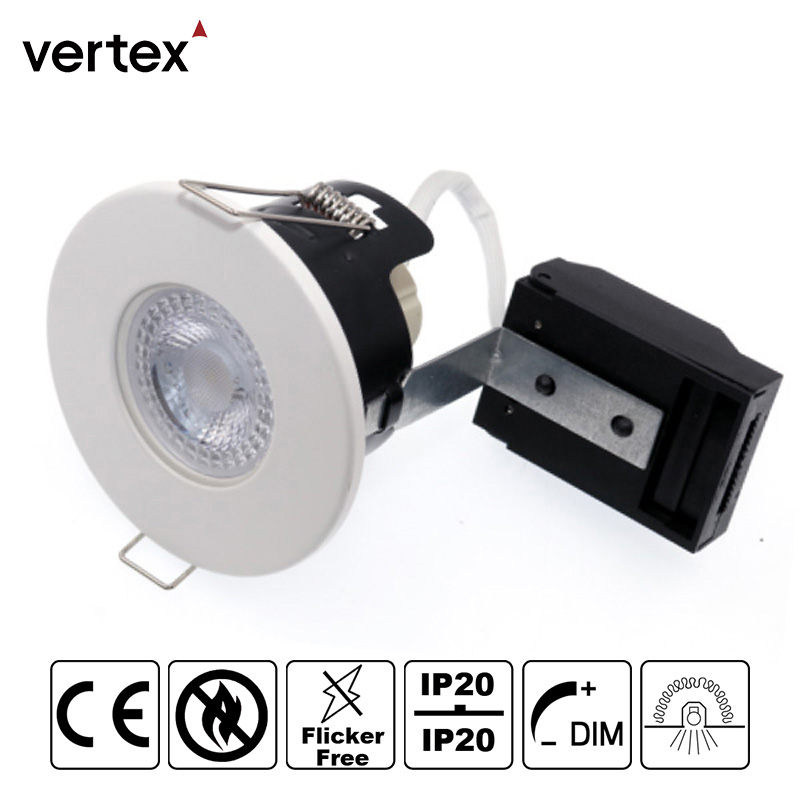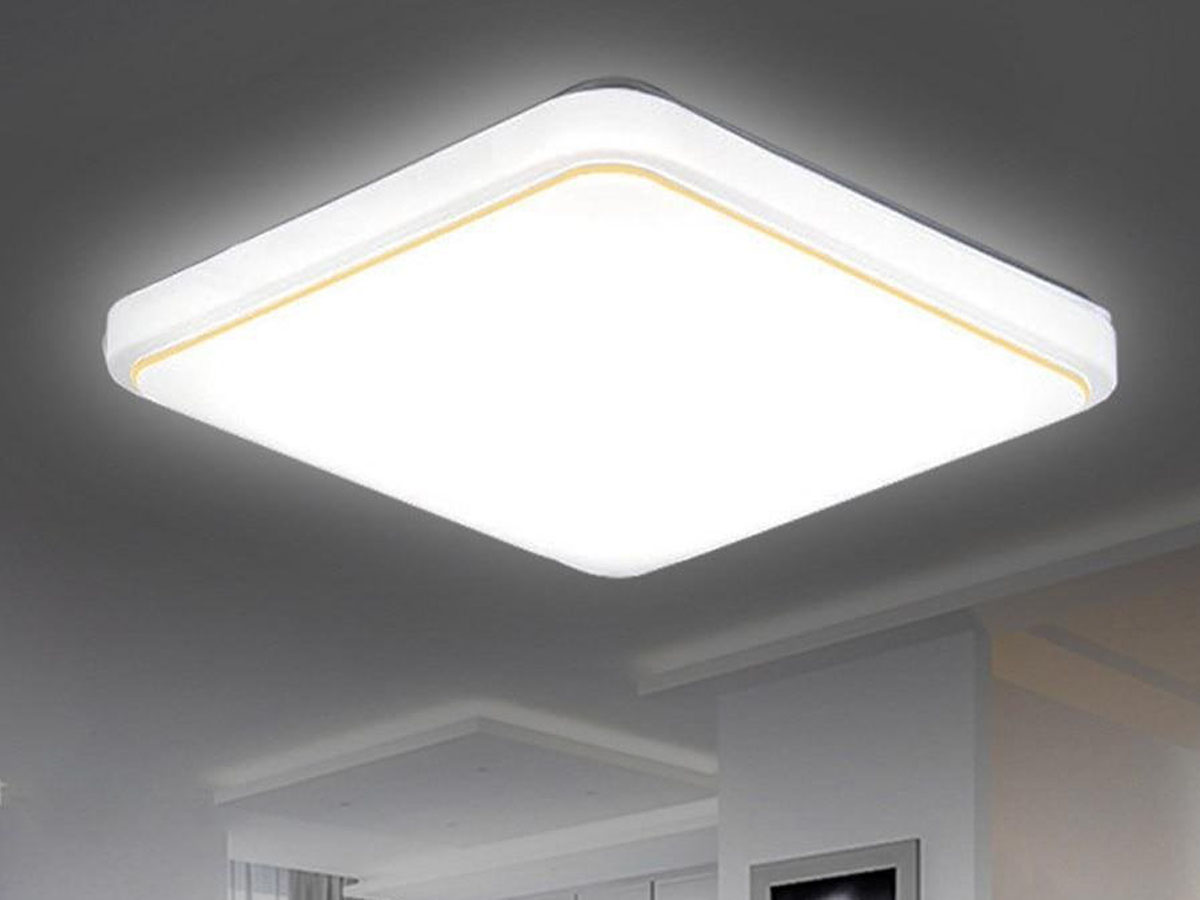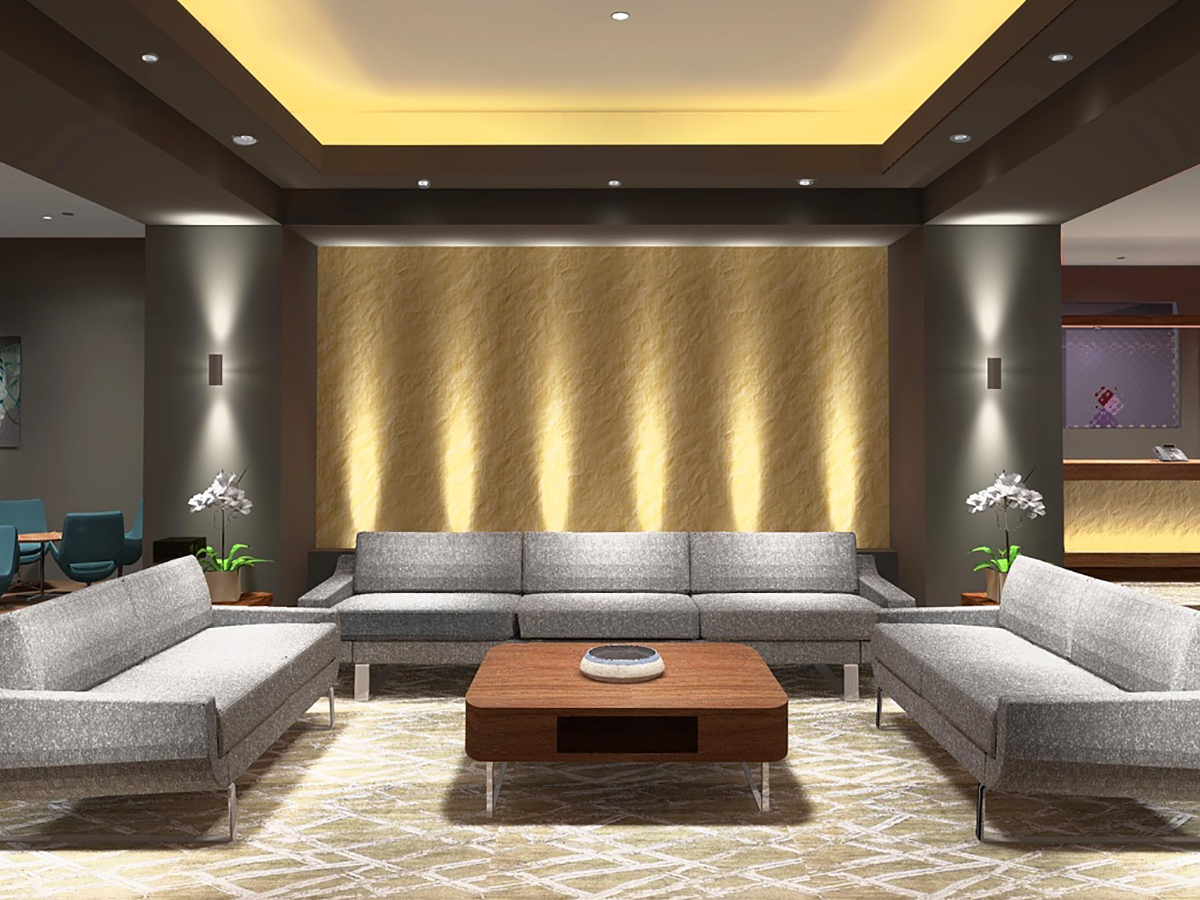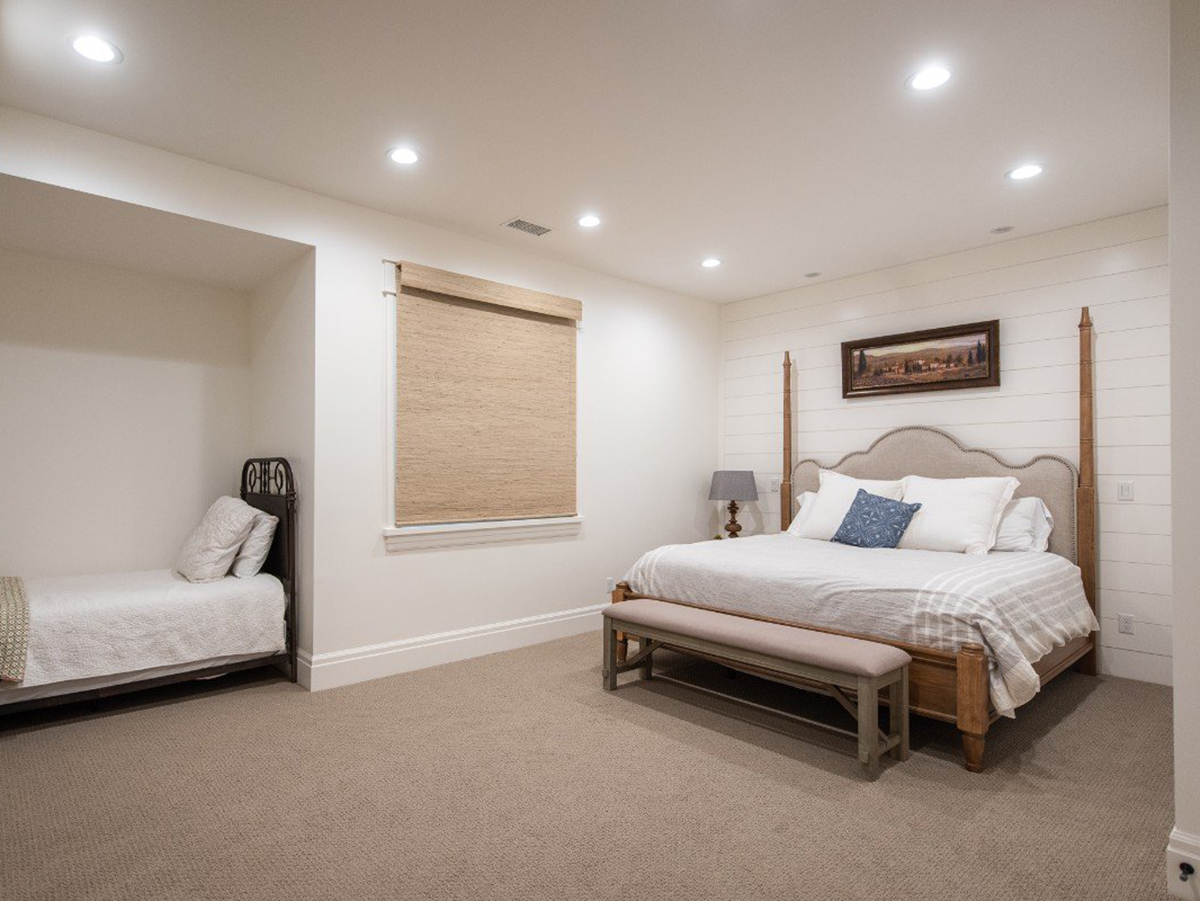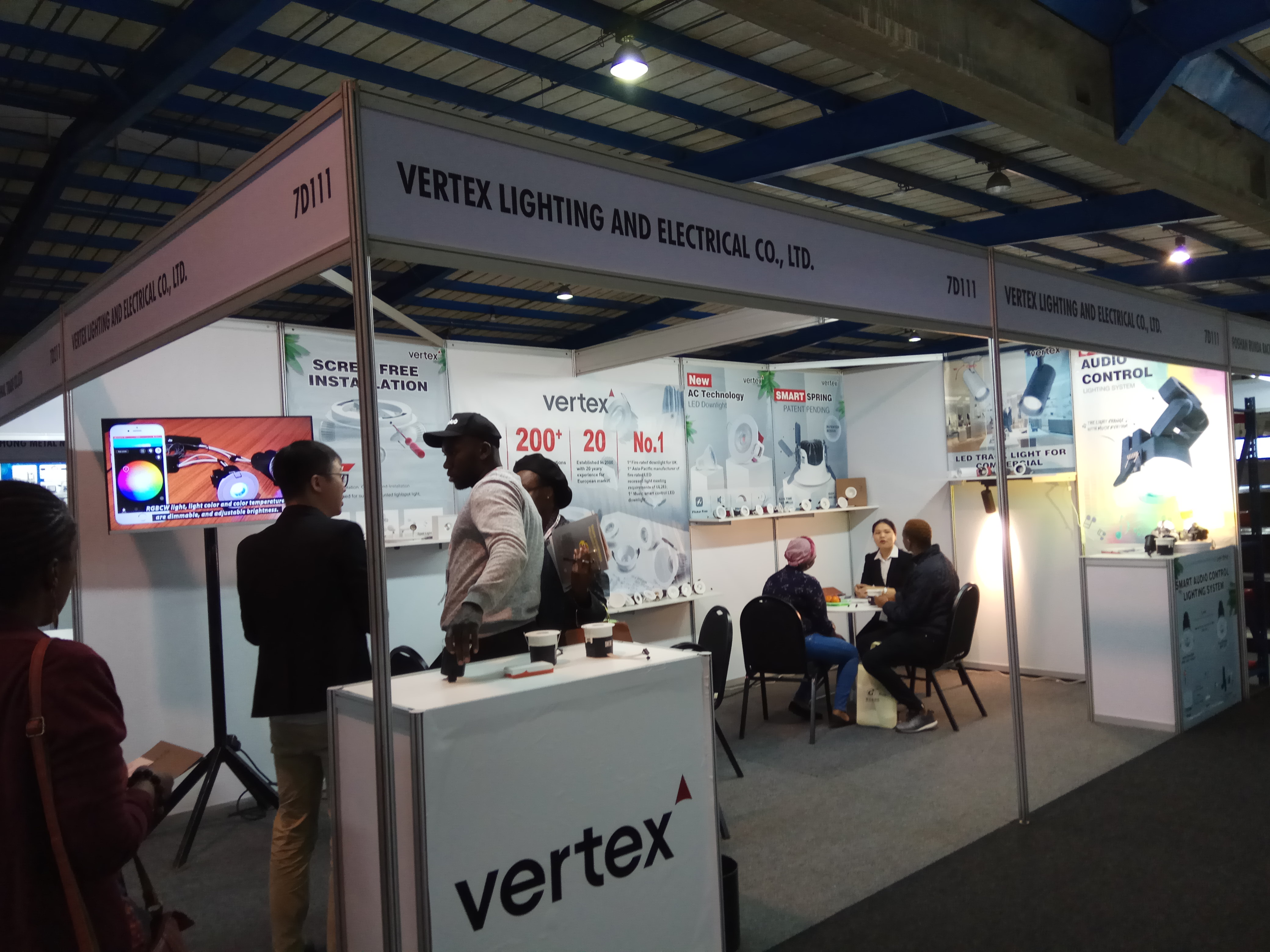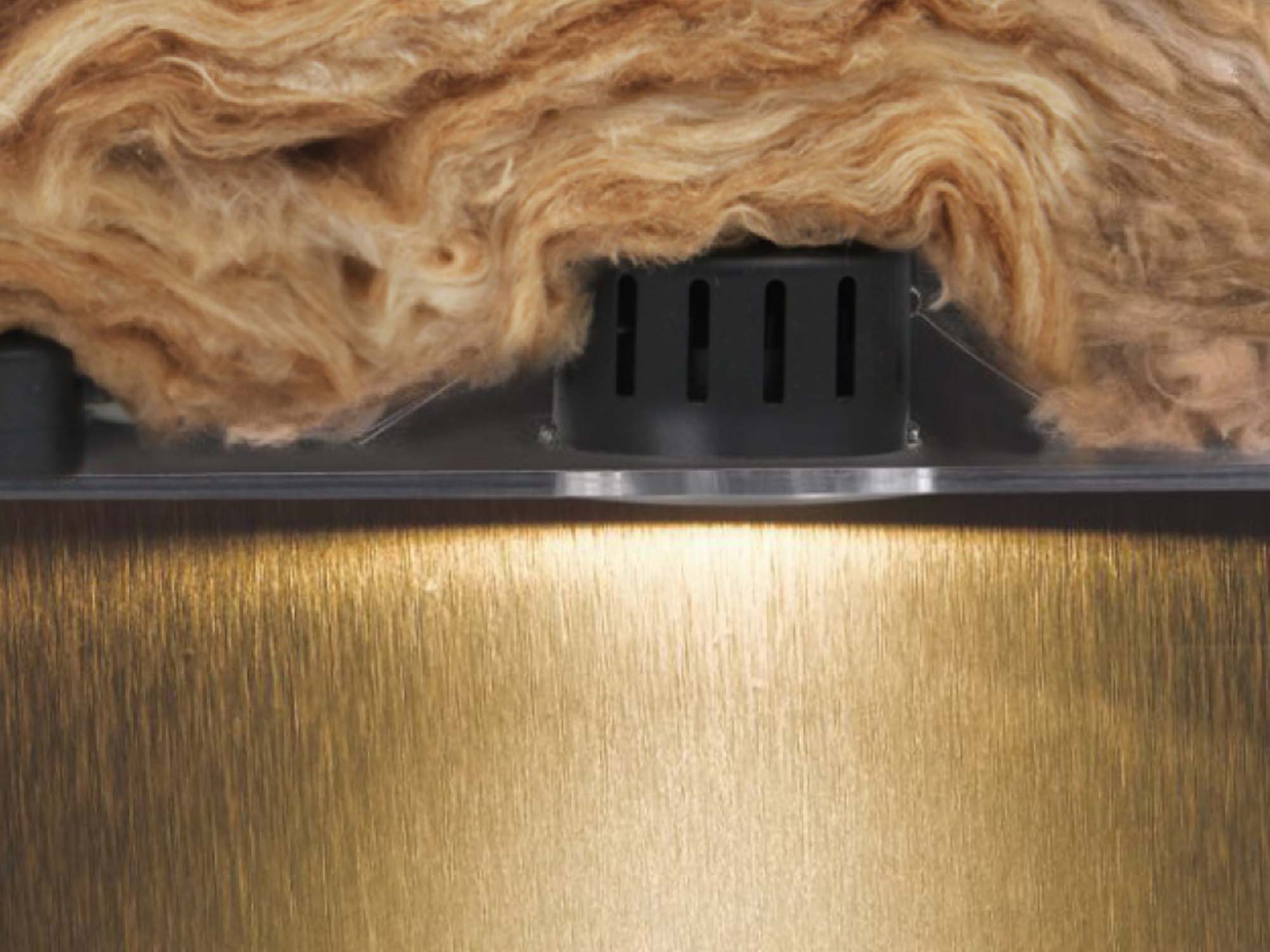What Are Fire Rated Downlights?
Fire rated downlights are specially designed fixtures that help slow the spread of fire and smoke between building levels. They have added safety features compared to standard non-fire rated downlights:Intumescent material - Fire rated downlights include an intumescent pad or coating that expands when exposed to high heat. This closes off the hole cut for the light, preventing flames and smoke from flowing through to the floor above for a specified time, usually 30-90 minutes.
Protected components - The housings and junction boxes are made of fire-resistant materials like steel to withstand high temperatures. Wiring is also protected.
Tight fixtures - The trim and lenses fit tightly to the ceiling to avoid gaps where fire could penetrate. Spring clips ensure a snug fit.
Certified ratings - Fire rated downlights are independently tested and certified to meet fire safety standards such as BS476 in the UK. Ratings show how long the light can withstand a fire: 30, 60, 90, or 120 minutes.
Differences From Non-Fire Rated Downlights
In contrast, non-fire rated downlights, also called standard or non-IC rated, lack the protective features and certifications of fire rated models. The key differences are:No intumescent protection - Standard downlights do not have materials to seal off the ceiling hole in the event of a fire, allowing flames to spread more quickly to the space above.
Less heat shielding - Without a fire resistant housing, the fixture itself can be damaged faster by high temperatures and potentially fall out of the ceiling.
Not rated for insulation contact - Non-IC rated downlights require a minimum clearance from insulation to prevent overheating, usually 3-6 inches. Insulation must be cut back, reducing the thermal barrier in the ceiling.
Lower maximum wattages - Because of the more open design and lack of heat protection, non-fire rated lights have lower recommended maximum wattages to avoid unsafe operating temperatures. This can limit light output.
Not certified - Standard downlights are not independently tested and certified to meet fire safety standards. They cannot be used where building codes mandate fire rated fixtures.
However, non-fire rated downlights still have a place in some applications. They are commonly used in single-story homes with accessible attic spaces above and no insulation around the fixtures. The open design allows for better heat dissipation in these situations.
Non-fire rated lights are also usually less expensive than fire rated versions. In retrofits and large projects, the cost difference can be significant. However, many experts argue that the added safety of fire rated models is worth the incremental cost.
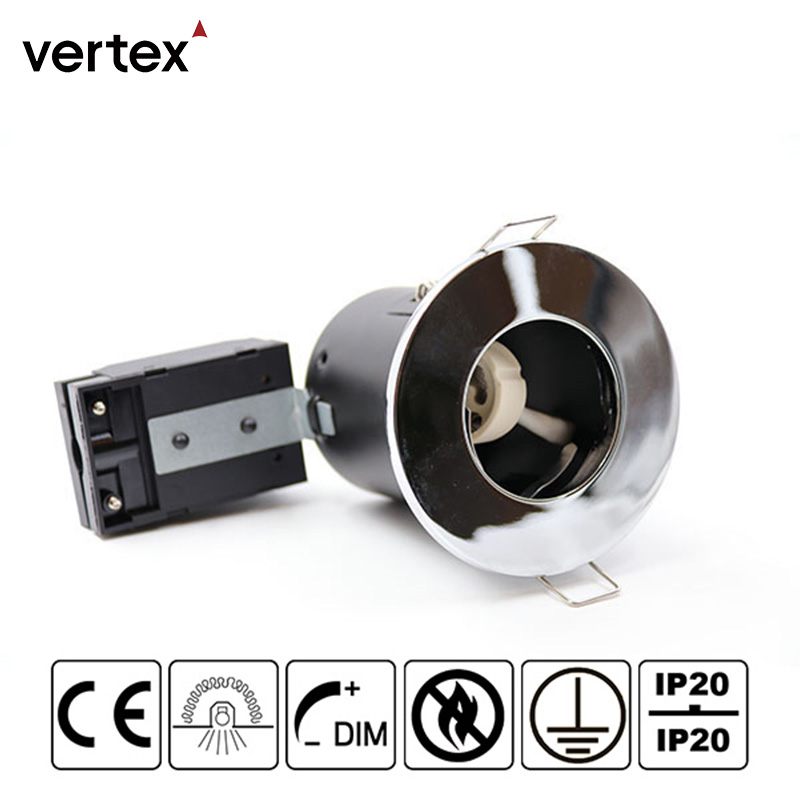
Making The Right Choice For Your Project
In summary, fire rated downlights provide an important layer of protection in the event of a fire by slowing the spread of flames through ceiling penetrations. They are needed by code in many multi-story structures with insulated ceilings. Non-fire rated downlights lack this protection, yet they are good for single-story residences with adequate clearance.Check your local construction codes for fire rating standards, particularly for multi-story residences and commercial structures.
If you have insulation in the ceiling or plan to add it later, use IC-rated fire resistant downlights to avoid future fire hazards.
Even when not required by code, fire-rated downlights are often recommended. The additional security is worth the investment.
Look for downlights that are certified and labeled with the fire rating information. The most prevalent ratings in residential applications are 30-90 minutes.
Avoid covering fire rated downlights with additional insulation, unless the manufacturer specifies that it is acceptable. This can cause dangerous overheating.
